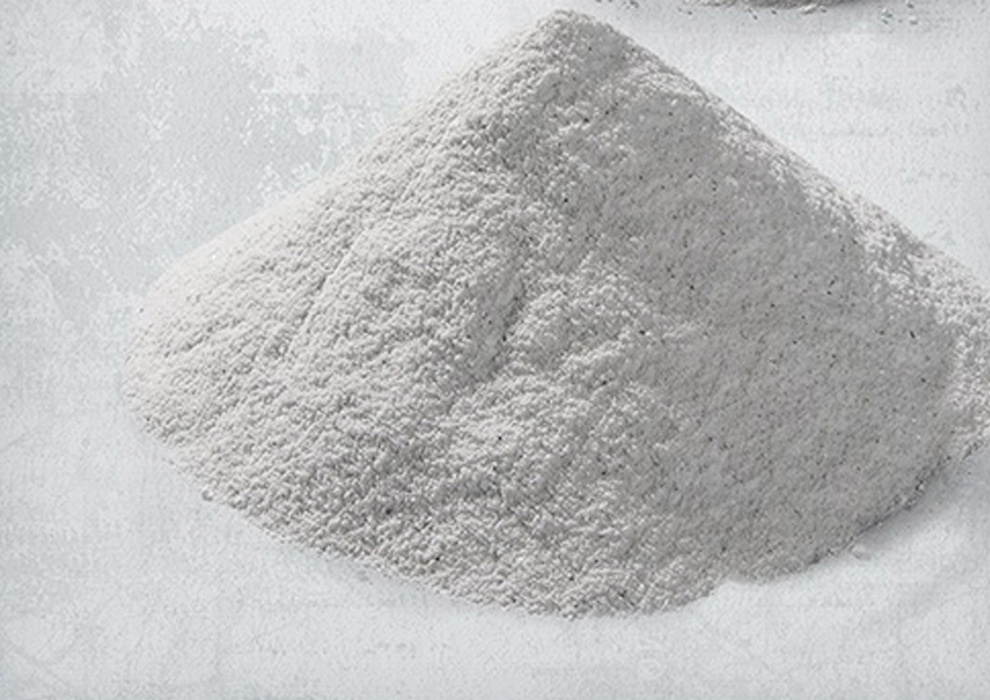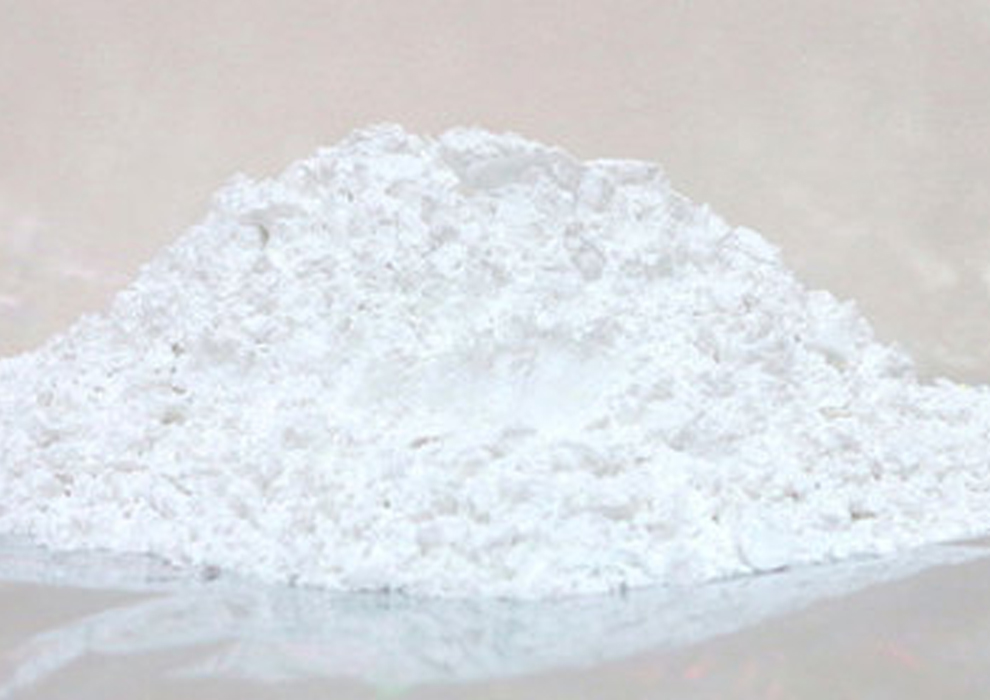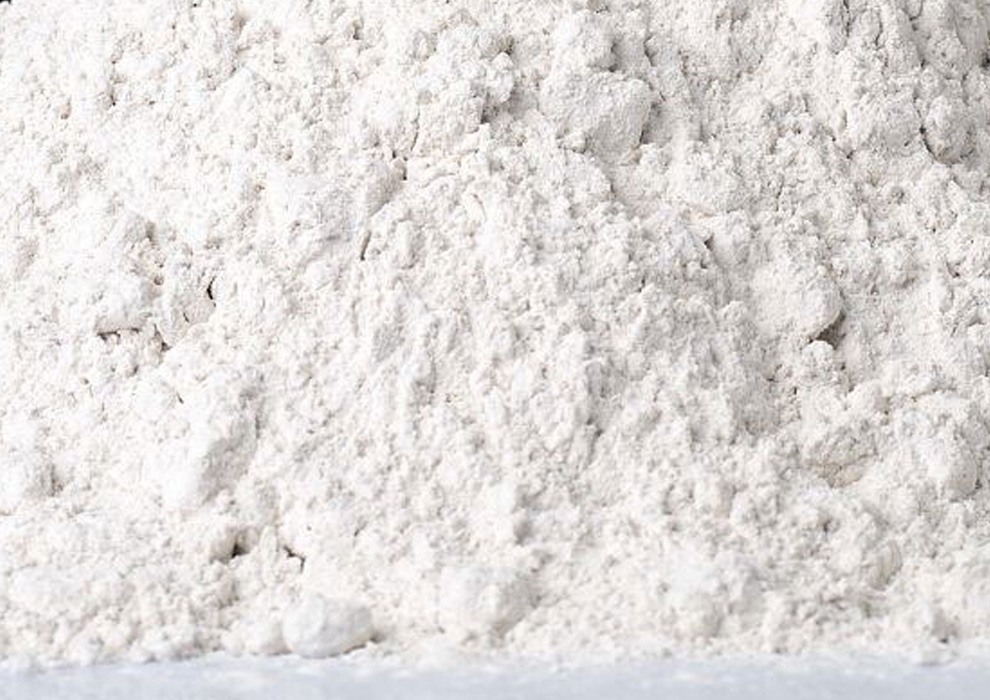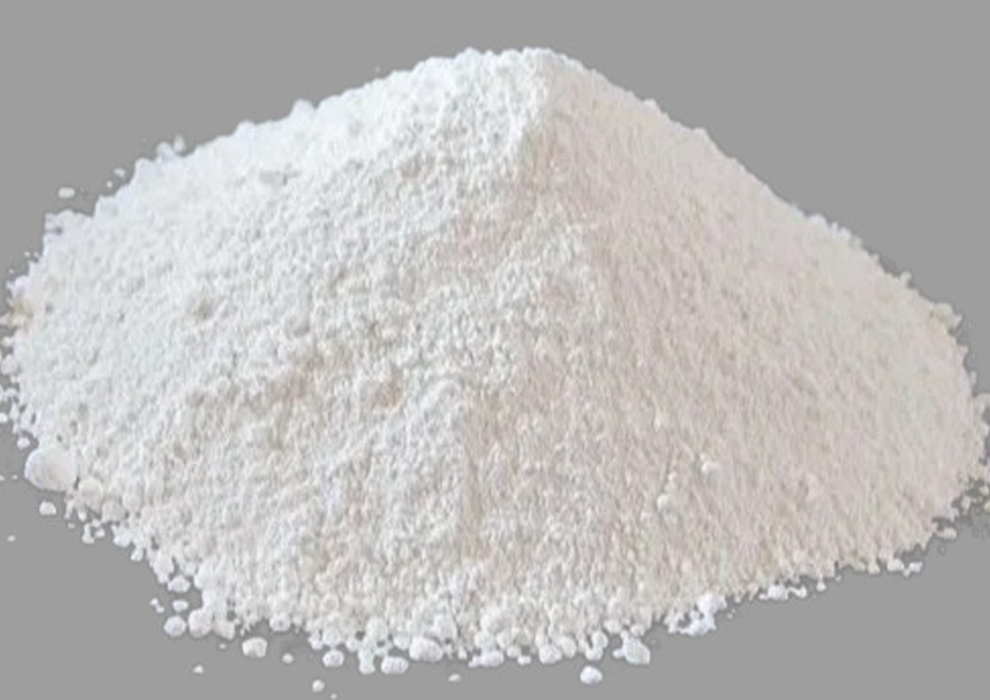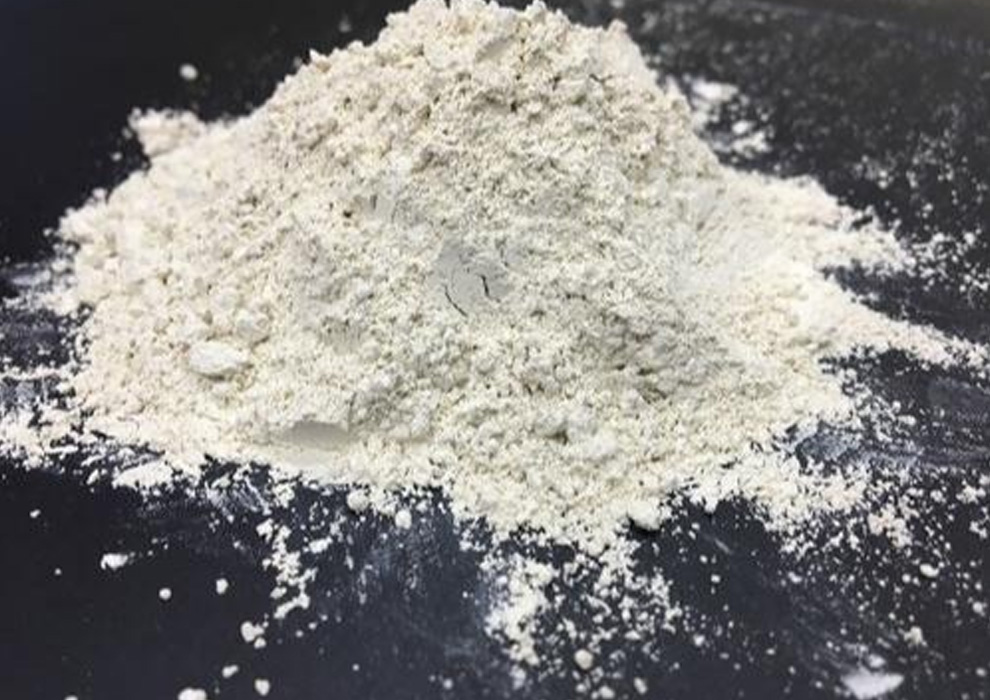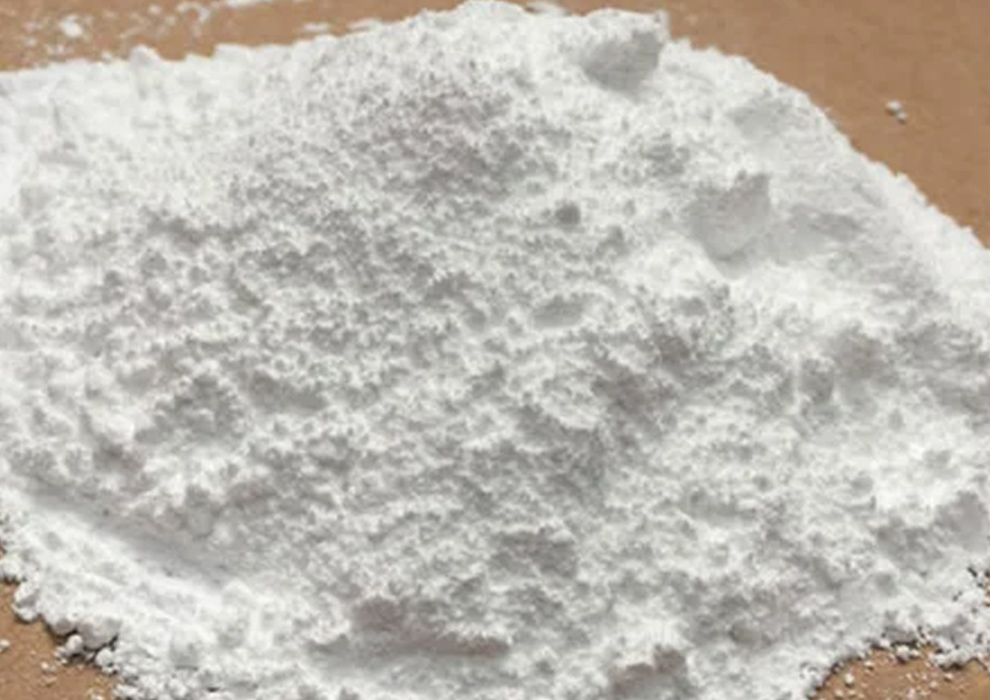Marine Gypsum
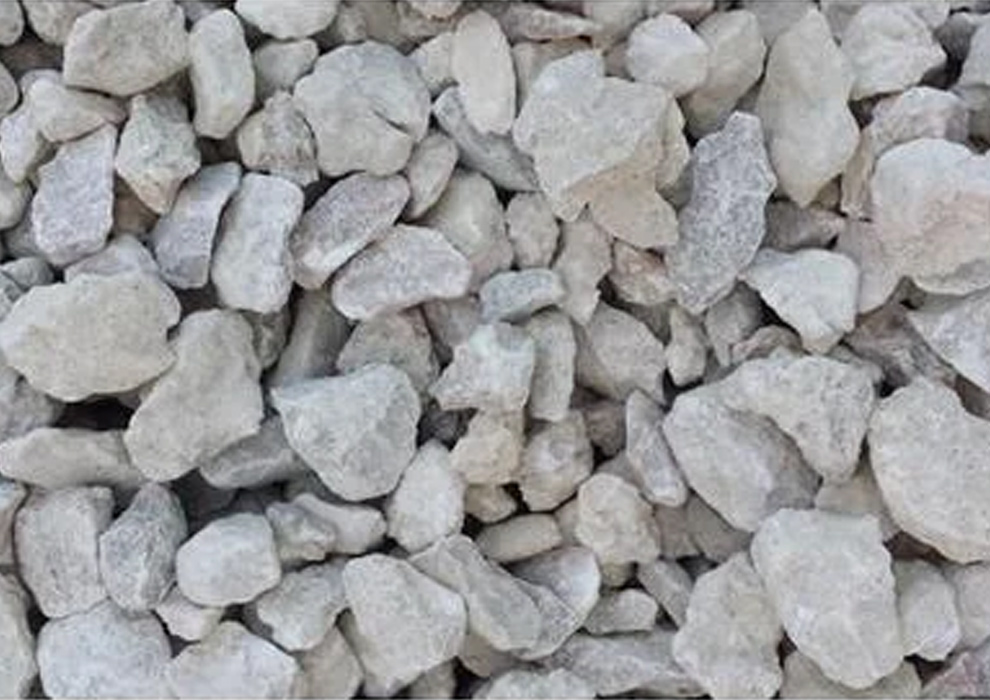

Marine Gypsum Uses
Formation
Marine gypsum forms when seawater evaporates, leaving behind dissolved minerals, including calcium sulfate. As the concentration of calcium sulfate increases due to evaporation, it can precipitate out of the solution and accumulate as deposits.
Impurities
Marine gypsum often contains impurities and trace elements that give it various colors, such as white, gray, pink, or red. These impurities can come from minerals present in the seawater or from the surrounding environment.
Locations
Marine gypsum deposits are typically found in coastal regions, salt pans, and areas where seawater can evaporate rapidly. They can also be found in sedimentary rock formations that were once underwater but have since been uplifted.
Agriculture
Marine gypsum can be used as a soil conditioner to improve soil structure and fertility. It provides calcium and sulfur nutrients to plants and helps reduce soil salinity.
Construction
Marine gypsum can be used as a construction material, similar to regular gypsum, for making plaster, drywall, and other building products.
Industrial
It can be used in industrial processes, such as in the production of cement and as a filler in various products.
Environmental Impact
The extraction of marine gypsum can have environmental consequences, as it may disturb coastal ecosystems and habitats.
Salinity
The high salinity of marine gypsum can limit its direct use in some applications, as excessive salinity can negatively affect plant growth.
Sustainability
The sustainable extraction of marine gypsum requires careful management to minimize environmental impact. Methods such as controlled evaporation ponds and water management techniques are used to extract and process marine gypsum.



